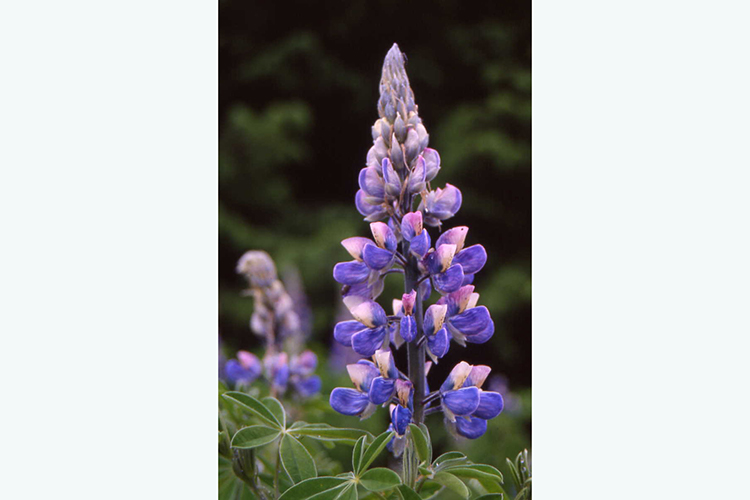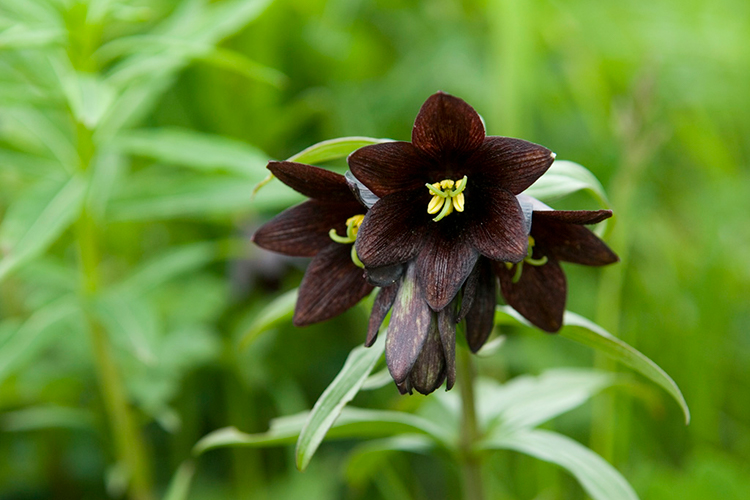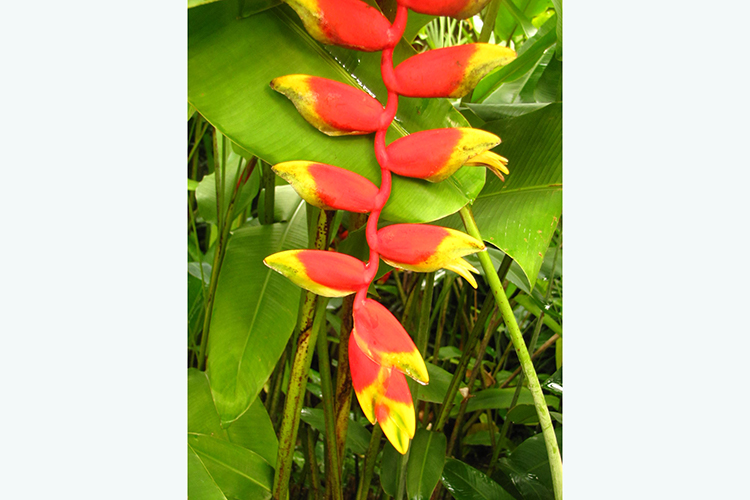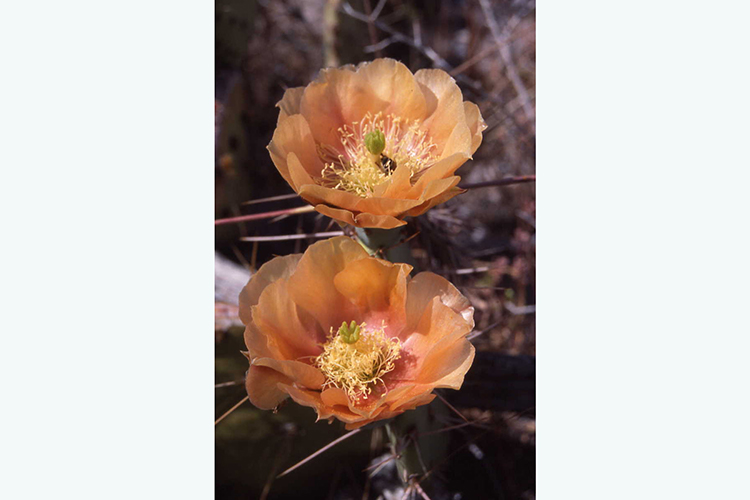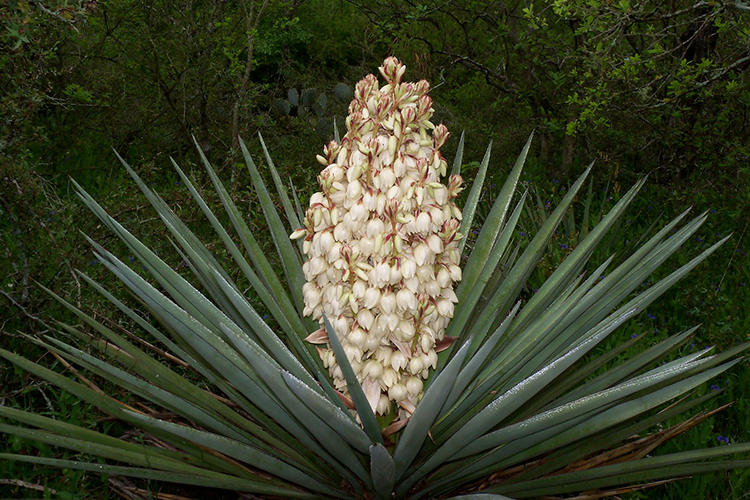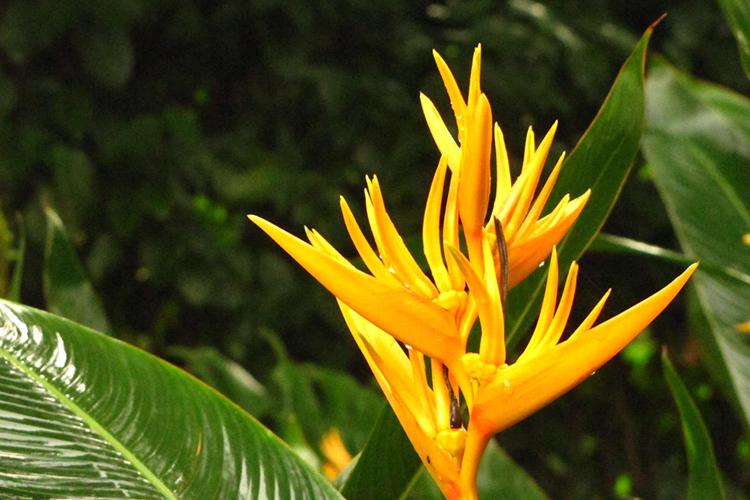Guess the Pollinator Contest Answers
Posted by Kevin Clement
in Of Interest
The fit between pollinator and pollinatee serves as a vivid demonstration of the results of the process of co-evolution. These plants depend on their pollinators, be they insects or some other life form, just as their pollinators depend upon them. Understanding this can give you a new way to look at the flowers around you, whether in the wilderness or in your own garden.
FLOWER #1 (lupine)
• Open in daytime
• Pleasant fragrance
• Offers nectar, pollen, or both as rewards
• Brightly colored, usually blue or purple
• Provides a landing platform on the lower lip of the blossom
ANSWER: pollinated by BEES
• Bees are active in daytime
• Good sense of smell through their antennae
• Drink nectar, bring pollen back to hive
• Attracted to blue or purple
• Relatively large insects, so like to have a landing platform
— — —
FLOWER #2 (chocolate lily)
• Open in daytime
• May give out pollen as a reward, or may give nothing
• Brown and/or mottled in color
• Simple, radial flowers–no landing platform provided
• Strong fragrance, but foul—smells like rotting meat
ANSWER: pollinated by CARRION FLIES
• Active in daytime
• Eat pollen, but attracted to rotting meat for egg laying, so no reward needed
• Flowers resemble a carcass to fool insect
• Small, agile insects, so no landing platform needed
• Attracted to smell of rotting meat
— — —
FLOWER #3 (coral tree/Erythrina)
• Open in daytime, or at least not closed
• Orange or red in color; may have contrasting stripes
• If a floral tube is present, it will be relatively large in diameter
• Ovaries are inferior, meaning situated below the flower (where they are safer)
• No scent
• No landing platform; may hang down at the end of a branch or from a vine
• Produces copious nectar, sugary but thin
ANSWER: pollinated by HUMMINGBIRDS
• Active in daytime, may go dormant at night
• Good color vision, and attracted to orange or red
• If present, a floral tube must be wide enough to accommodate a bird’s beak
• Big and strong pollinators, so flower must protect its valuable ovaries
• Like nearly all birds, have no sense of smell
• Able to hover, so no landing platform or perch needed
• Needs a great deal of nectar, which must be thin enough to be sucked up its beak
— — —
FLOWER #4 (passion flower)
• Big, sturdy flower, with a large, wide-open mouth
• Produces copious thick nectar
• Drab in color, white or cream
• Strong musty smell
• Numerous stamens, arranged in a ring or cluster (like a shaving brush)
• Flowers located on the trunk or a sturdy branch, with no branches or leaves blocking it
• Opens or gives off scent at night
ANSWER: pollinated by BATS
• Big, rough, inaccurate pollinator, so flowers have to be tough and open
• Needs a lot of nectar, which it laps up with its tongue, so can be viscous
• In dim light, will only see very light colors
• Enjoy musty smells
• Navigating by sonar, so approach won’t be precise
• Very large pollinator, must be able to approach without obstructions
• Active at night
— — —
FLOWER #5 (yucca)
• Flowers grow in clusters and provide landing platforms
• White or pale in color
• Open late afternoon or at night
• Heavy fragrance
• Produces ample dilute nectar
• Nectar is often deeply hidden, at the end of a long, narrow floral tube
ANSWER: pollinated by MOTHS
• Fluttering flight is not precise, so prefer to land and crawl
• Can see light colors better in low light
• Active mostly at night
• Attracted to heavy, cloying scents
• Needs good quantity of nectar, which must be thin enough to flow through long proboscis
• Hawkmoths and sphinx moths have extremely long tongues to reach nectar
Note: Every species of yucca has a specific yucca moth (genus Tegeticula) as its only pollinator.
— — —
TIEBREAKER/BONUS QUESTION (bird-of-paradise flower): If you found a flower that has all the characteristics of Flower #3 (except that it might provide a landing platform or perch) that was native to Africa, what would its pollinator likely be?
ANSWER: Most likely a Sunbird. The thing is, hummingbirds are a New World family; they don’t exist in Africa. The family of birds that occupies substantially the same niche in the Old World is sunbirds. They are similar to hummers in size, shape, coloration, and variety of beak structures, but don’t vibrate their wings or hover the same way. It is a classic example of convergent evolution.
— — —

